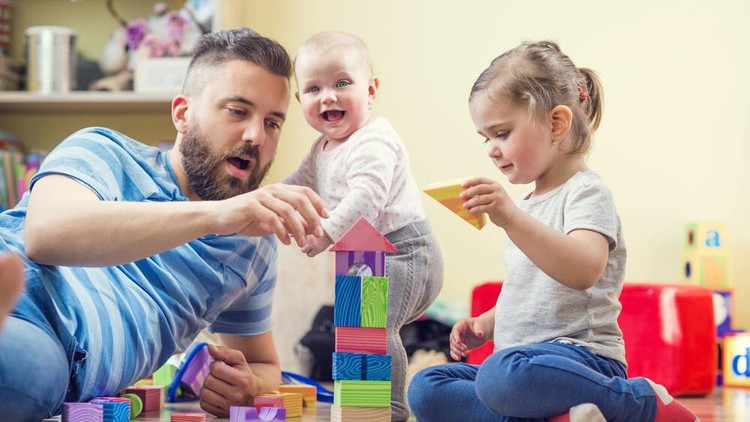
Attachment Based Parenting Style On Early Childhood
What you will learn
History of Parenting Styles
History of Attachment Theory
The Effects of Attachment Types on Children
Securely Attached Babies
Attachment Based Parenting Style
Attachment at Birth
Breastfeeding
Babywearing
Paying Attention to the Baby’s Crying
Co-Sleeping
Balance and Boundaries
Working Mothers and the Attachment
Fathers in Attachment Parenting
Benefits of Attachment Parenting
Description
Before talking about attachment-focused parenting, it is necessary to learn about the main parenting types and how they arise, and then to learn about attachment types and their history, to establish a solid foundation without introduction to the subject.
History of Parenting Styles
Parenting styles, which are defined as parents’ attitudes, beliefs, behaviors and expectations regarding child-rearing, are the basic dynamics that explain the socialization processes of children in every culture. For a child, his mother and father represent the world. The child thinks that everyone in the world will behave in the same way as his mother and father. that is, the child’s perception of the world and himself changes according to the behavior of his parents towards him. With the parent’s behavior towards the child, the child’s self-perception and self-esteem begin to form. The child may feel valued or worthless because of the parent’s behavior. How do parents express the values they give to their children? What is the equivalent of material or moral value? Do we show our children that we value them by buying gifts or doing whatever they want? Or do we make them feel valuable by touching them, and kissing them? Or do we show that it is valuable by spending time with the child. Do we show the value we give to the child with words or actions? So how does the child understand and interpret that we value him as a parent? Can we, as parents, convey what we feel in our hearts towards the child? All this and the relationship we establish with our child in this way actually determines our parenting style. While some of the parenting skills are genetic, some of them are shaped by social values, needs and personal characteristics of the parents. Parents’ belief system also influences the child’s behavioral and emotional development by shaping parenting behaviors.
Parenting styles were firstly defined by Baumrind (1972) as a lifelong attitude of parents toward their children. He suggested that there were three basic parenting styles, namely, authoritarian, authoritative and permissive. Then Maccoby and Martin (1983) investigated the underline dimensions and they found the two dimensions were utilized to identify the types of parenting, namely demandingness/control and responsiveness/warmth. They used the dimensions as base to describe the parenting styles. Steinberg, Mounts, Lamborn and Dornbusch (1991) claimed that these dimensions showed the level of parental love, involvement, acceptance and control. According to Steinberg and his colleagues, the dimension responsiveness included acceptance, love and involvement and the second dimension, demandingness, included supervision and strictness of parents. Further, they reformulated the two dimensions with an additional dimension, namely acceptance/involvement, psychological autonomy and strictness/supervision. Thus, the four parenting styles could be produced by combinations of the three dimensions, namely authoritarian, authoritative, permissive and indifferent-uninvolved parenting. We will now learn the details of these four basic parenting styles in order to understand the difference between attachment-oriented parenting and classical parenting types.
Content